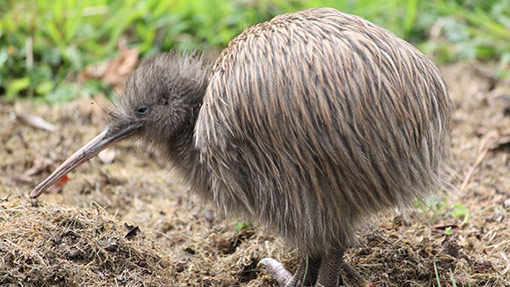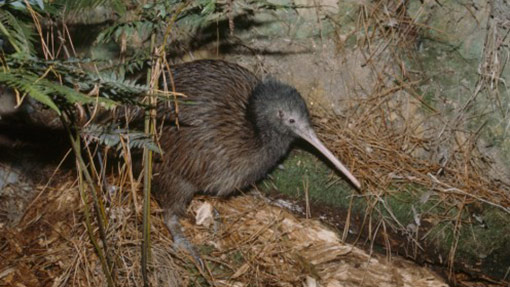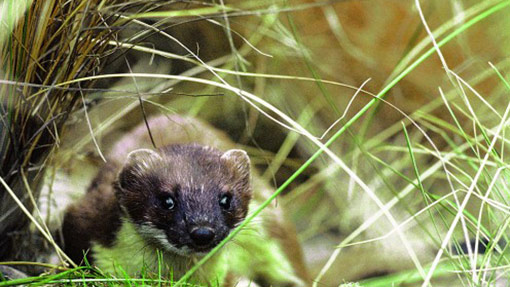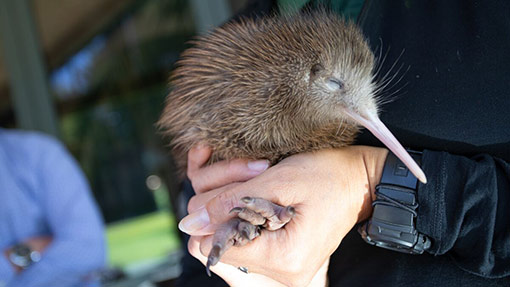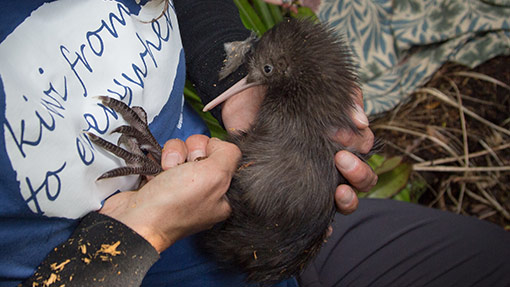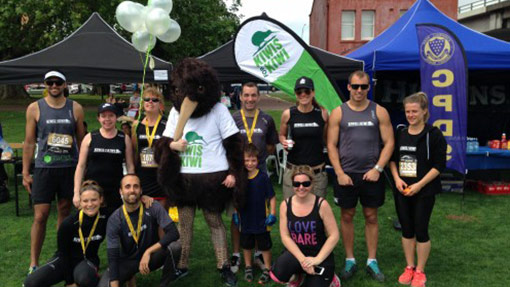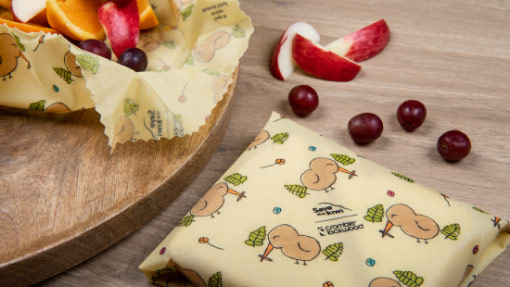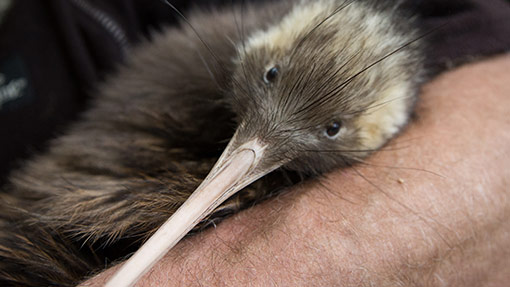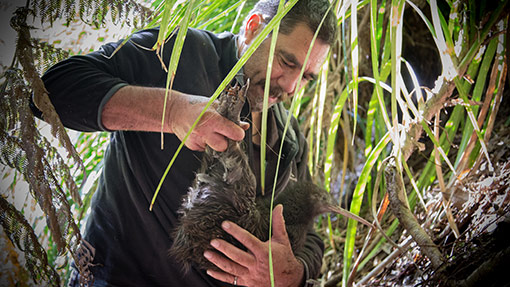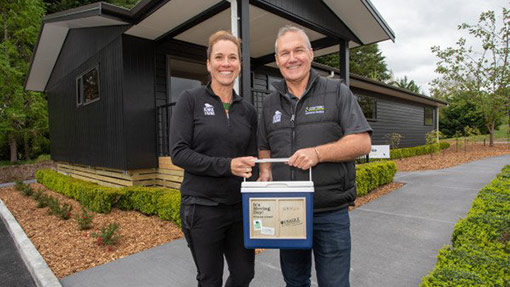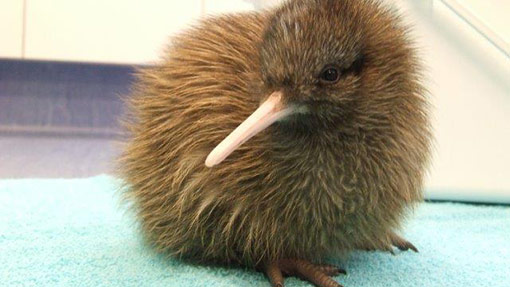18 years after four kiwi chicks were gifted from Ngāti Hikairo ki Tongariro to Ngāti Korokī Kahukura to create a founder population of kiwi at Sanctuary Mountain Maungatautari, kiwi have returned to their whenua (homeland).
In 2005, Ngāti Hikairo ki Tongariro, one of the mana whenua of Tongariro, gifted four one-month-old chicks, two males and two females, to Ngāti Korokī Kahukura, the resident iwi of Sanctuary Mountain Maungatautari. These manu (birds) were the first kiwi to reside within the predator-free sanctuary in the heart of the Waikato, near Cambridge, and the first to be seen on Maungatautari for over 100 years.
Since then, with the support of Save the Kiwi’s Kōhanga Kiwi project, over 400 kiwi chicks from the western region of the North Island have joined those original four birds, creating a founder population on the maunga.
Today, because kiwi can safely breed within the sanctuary’s predator-free perimeter fence, an estimated 2,000-2,500 kiwi now call Maungatautari home.
On Friday 21st April, nine juvenile and adult kiwi were transported in purpose-built travel boxes from Sanctuary Mountain Maungatautari to Tongariro. After being formally welcomed to Otūkou Marae with pōwhiri, the birds were released back into forest from where they originated. Over the next month, approximately 60 kiwi will be released at various sites across the base of Mt Tongariro.
This move acknowledges the tikanga of tono (a process of asking for and exchanging taonga between iwi) while recognising the impact those original birds have had on building a sustainable population of Western brown kiwi.
Ngāti Hikairo ki Tongariro kaumatua Te Ngaehe Wanikau was part of the original group that accompanied the four kiwi to Maungatautari back in 2005. Mr Wanikau said the original gifting of kiwi was less about the manu and more about whakapapa connections.
“When Ngāti Hikairo ki Tongariro gifted those original birds, we handed over the role and responsibility of kaitiaki of the kiwi to Ngāti Korokī Kahukura at the same time,” Mr Wanikau said. “We needed to have comfort that the kiwi would be cared for and protected for the long-term. Returning the offspring of these birds back to Ngāti Hikairo ki Tongariro reflects how well Ngāti Korokī Kahukura cared for these kiwi as kaitiaki.”
Central to this release – and all future releases from Sanctuary Mountain Maungatautari – is the tono process, a reciprocal mana-to-mana agreement between Ngāti Korokī Kahukura and other iwi. In this instance the translocation of kiwi cements whakapapa connections between maunga and people. This could not have taken place without the blessing of (then) Queen Te Ataairangikaahu and Ta Tumu Te Heuheu. This tikanga (tradition) sets the standard for all translocations to and from Maungatautari.
Ngāti Korokī Kahukura representative Tao Tauroa said the first major release of kiwi from Maungatautari to Tongariro was significant because the terms of the original tono have been honoured, and although many of those involved in the tono have passed on, the intent of the rangatira (elders) remained.
“18 years ago, the maunga was bereft of kiwi,” Tauroa said. “Thanks to Ngāti Hikairo ki Tongariro, this taonga species has returned to a place where it once thrived. Now with deep gratitude, it is an honour and privilege to return these mokopuna of the original founders to their maunga, whenua and people, and for their founder role in reversing the decline of Western brown kiwi population for Aotearoa.”
This series of releases to Tongariro is the first of what is expected to become several large-scale releases from Sanctuary Mountain Maungatautari every year into perpetuity, thanks in part to Save the Kiwi’s Kōhanga Kiwi repopulation strategy. Over the last five years, kiwi eggs have been collected from the wild and incubated in a purpose-built incubation facility, the Crombie Lockwood Kiwi Burrow in Wairakei. Chicks have been released into Sanctuary Mountain Maungatautari when they are approximately one month old.
Maungatautari is surrounded by a predator-proof perimeter fence, creating the ideal habitat for kiwi to live and breed safely. The kiwi population on the maunga is now doing so well that progeny birds of the founder population can be gifted to other sites in the western region, to bolster existing kiwi populations or create new ones.
Sanctuary Mountain Maungatautari manager Bodie Taylor said the exponential growth of the kiwi population on the maunga is testament to collaboration and hard work between multiple parties.
“Kiwi conservation is not a standalone kaupapa,” Mr Taylor said. “Successfully bringing a threatened species back from the brink requires a huge amount of collaboration to build a shared vision. Together with Ngāti Korokī Kahukura and Save the Kiwi we’re proud that a thriving population of kiwi call the maunga their home. It’s a huge privilege knowing that the mahi going on here will directly contribute to more kiwi populations growing elsewhere.”
Save the Kiwi Executive director Michelle Impey said the success of Kōhanga Kiwi comes down to strong relationships with iwi, Sanctuary Mountain Maungatautari, and the Department of Conservation Te Papa Atawhai; passionate community groups; the significant mahi completed onsite; and a colossal dream that grew out of a simple question.
“It’s funny looking back on it now, but we can actually attribute the origin of this idea to Sir John Key,” said Ms Impey. “When he was prime minister in 2016, Sir John Key attended a kiwi release. When he heard that the kiwi population was declining by 2% annually, he asked, ‘What needs to be done to turn that decline into an increase?’”
At that time, the kiwi was locally extinct in many parts of Aotearoa where only a hundred years earlier their calls had been a firm fixture of the night. Communities were asking what they could do to return kiwi to their backyards.
“If we wanted to reverse the decline, and with relatively modest funds, we needed to do something different – and fast. To be successful, we couldn’t do more of the same. And so Kōhanga Kiwi was born.”
Impey said the true value of Kōhanga Kiwi is its ability to essentially grow kiwi in perpetuity while allowing the species to grow naturally in a wild setting. The programme ensures that the work being done by others to create safe habitat for kiwi is maximised. It is a cost-effective way to boost the kiwi population compared with other more hands-on methods like Operation Nest Egg.
“While birds are removed from the maunga, the founder population along with their offspring will continue to breed,” said Impey. “This means there will always be a ready-made kiwi population that can be gifted to other parts of the western region that have implemented stringent predator control. This allows us to greatly accelerate the growth of kiwi to abundance.
“Two kiwi living on 1,000 hectares of land would take forever to breed and grow into a sizeable and sustainable population. Being able to gift large numbers of kiwi at once means that locally extinct populations can be almost instantly restored. The effort to protect those 1,000 hectares for two kiwi is the same if there were hundreds, so why not ensure there are hundreds?”
The kiwi population on Tongariro National Park is managed in part by the Department of Conservation. Habitat is maintained and kept safe by extensive trapping on the ground and three-yearly toxin drops.
While this release from Maungatautari to Tongariro signals a great result for western brown kiwi, kiwi in the east still need a lot of help. Eastern brown kiwi are the least managed and fastest declining of the North Island’s four regional kiwi populations.
“We joke about the job not being done until kiwi are a pest, but for us to reverse the decline all over New Zealand that really is the result we’re looking for,” said Impey.
“Aotearoa used to be home to millions of kiwi and now there are around 68,000. A lot of work needs to be done before kiwi are in the millions again, but we have confidence that one day soon the national kiwi population will shift from a decline into growth mode.”
